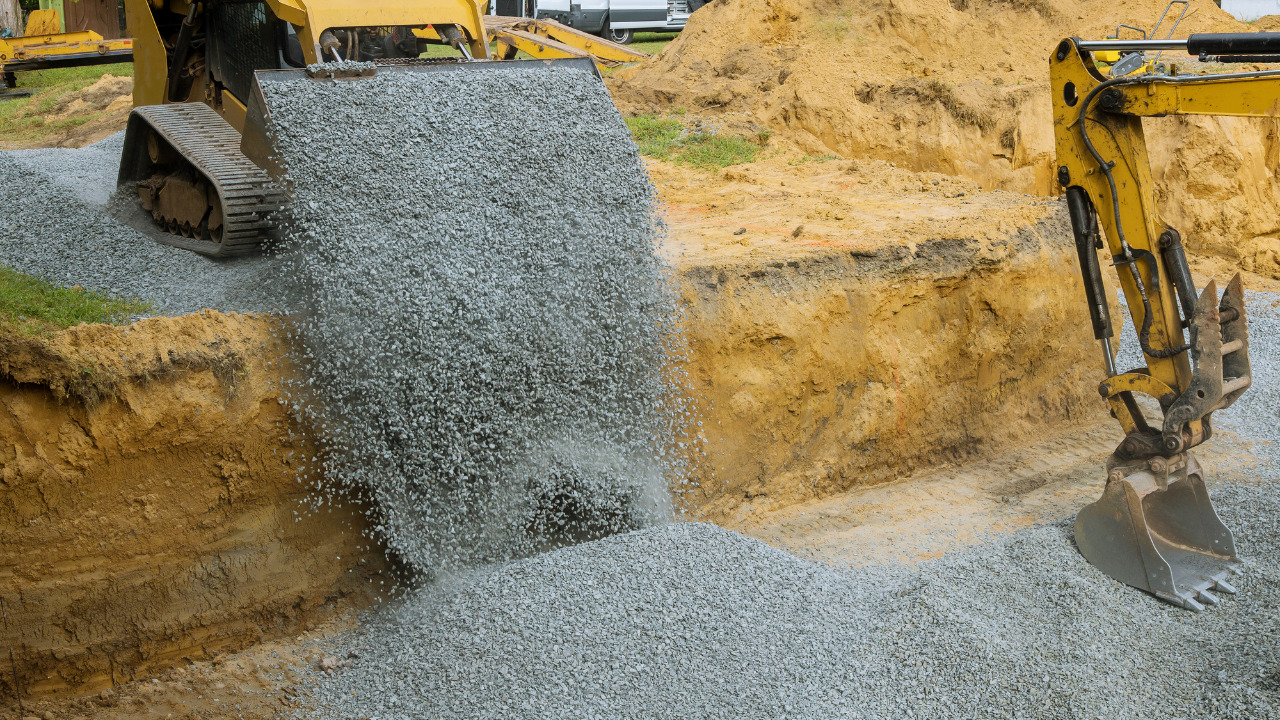An essential yet overlooked element of the mining industry is the role of backfill processes. From processing tailings to the development of backfill stopes, the process is often overlooked by those that wish to talk about mines. After all, mining doesn’t sound half as exciting when you’re trying to fill up the holes you’ve dug again.
Let’s explore some of the ways that backfilling forms an essential component of construction – which industries use backfill in their processes, some of the different types of backfill composites and processes, as well as some of the risks that are present when working with backfill on your next project.
Table of Contents
What industries typically undertake backfill?
Backfilling is typically undertaken in two industries – those being mining, as well as the construction sector. In fact, backfilling can be considered mission-critical in some cases in providing structural support to large and heavy projects.
Consider the different types of construction. Regardless of if the building is a skyscraper or a house, you typically want a solid surface to build on. After all, building on a geologically unstable surface can present risks to landowners and developments, particularly if an area is at risk of seismic instability, such as landslides and earth tremors.
Backfill is broadly applied across the mining and construction sector – if you’ve been to a mine or a construction site before, you may have seen the effects of backfilling without understanding the process itself.
What are the different types of backfill?
There are a number of different types of backfill. These vary based on the composition of materials used in making the backfill.
Common types of backfill include:
- Paste backfill is a type of backfill typically used in ore mining. Waste products from ore processing, known as tailings, are mixed with a number of other materials, including water, and binding agents, such as cement, to create a literal mineral paste that can be used for subsurface backfill.
- Dry rock backfill, on the other hand, uses dried tailings with products such as sand, wasted rock, as well as gravel. This is typically used in mines where the cut-and-cover method is used for mining.
How does a backfill process work?
A backfill process can seem like a complicated procedure, but in reality, it’s undertaken in a few steps.
Firstly, engineering specialists identify the appropriate backfill composite required in a build. At the surface, a backfill mixture is then mixed together in a plant, combining tailings (material left over from ore extraction) with other substances such as sand and water.
Once that is completed, the backfill material is then pumped into the area that it needs to fill – forming a structure known as a stope, essentially a compacted body consisting of backfill and other materials used to bind the backfill.
Finally, a bulkhead is used to retain the backfill material while the materials lose their moisture. This is a process known as curing and improves the strength of the backfill in the structure.
What are some potential disadvantages of backfilling?
There are a number of issues that can occur as a result of ineffective backfilling. Typically these are a result of poor planning and execution of backfilling activities.
Therefore, it’s essential that teams engaging in backfill activity are aware of the potential risks and pitfalls of the backfill process. Being mindful of the risks and having strategies in place to manage them accordingly can make a big difference to the operations of a mine.
It’s important for mining teams to consider the impacts of compiling your backfill. If the material is poorly constructed, it can separate into its underlying components during the curing process. This can result in geotechnical instability – and increase the risk of collapses.
Another element to consider is the delivery mechanism for backfill to the site. Typically, backfill is manufactured above ground and delivered to the site through the use of pumps.
Ensuring these pumps’ correct flow and operation is essential to the safe and structurally sound use of backfill. Incorrect pump flow can cause problems – pumping at too low a rate can cause clogs, but pumping at too high of a rate can potentially cause pressure blowouts and bulkhead failure if not managed correctly.





